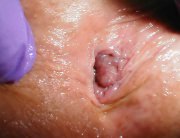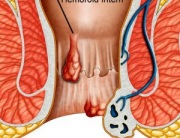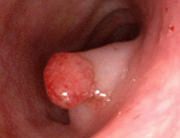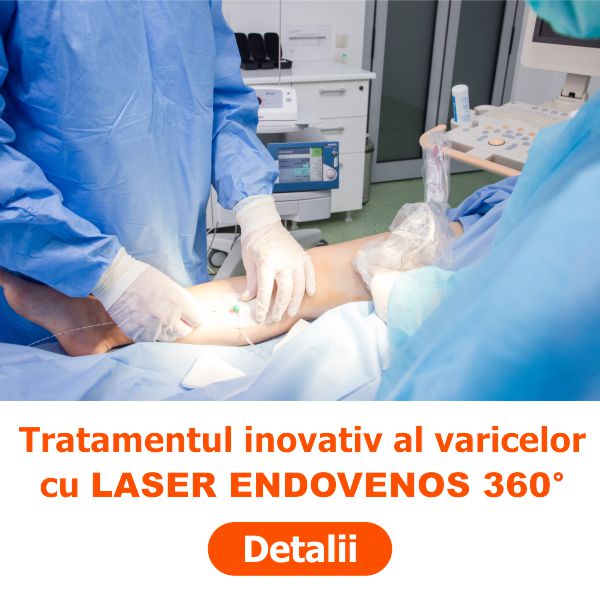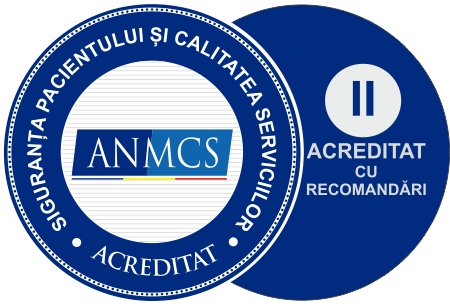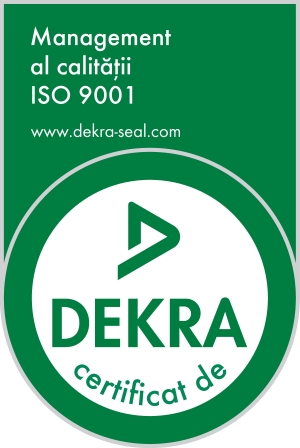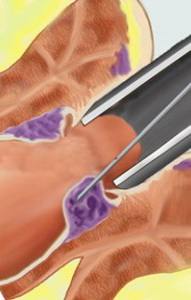
Sclerotherapy is a fixative procedure generally recommended for small type I or II internal haemorrhoids. Sclerotherapy supposes the use of a sclerosing agent, which scars the inflamed tissue, thus reducing the blood flow towards the haemorrhoid and attenuating both the cause and the symptoms of the haemorrhoids.
The conditions justifying the use of this method are specific. For instance, physicians will recommend the use of sclerotherapy in the case of patients who do not respond to home treatment or in the cases of internal haemorrhoids where another fixative procedure, called rubber-band ligation, is not suitable. Considering that rubber-band ligation requires that the haemorrhoids are large enough to allow for rubber-band ligation, sclerotherapy is used for small haemorrhoids.
Sclerotherapy is also recommendable for bleeding haemorrhoids or in the case of patients whose held condition does not allow for invasive treatment methods, such as haemorrhoidectomy. Sclerotherapy is not recommended for prolapsed or external haemorrhoids, which require intensive surgery.
Sclerotherapy involves the injection of a substance at the basis of the haemorrhoid, meant to shrink the tissue. A number of substances are used to obtain this effect. Such substances are called sclerosing agents and they include saline solutions or phenol, an almond oil extract.
Regardless of the solution chosen by the doctor, it will cause the same reactions in order to achieve the final goal: to cause an important inflammation in the affected area for a period of time that is long enough so that the haemorrhoidal vein slowly scars. The scar causes the vein to deflate and, finally, to contract and become hard. The scar will also help support the anal canal, thus avoiding haemorrhoid relapse, the presence of other symptoms or the need to continue the treatment.
Sclerotherapy as such is a less invasive procedure than surgery. Through sclerotherapy, the recovery time is shorter and the secondary effects are not as severe; in addition, the treatment can be performed without hospital admission. Sclerotherapy supposes the use by the patient of a strict protocol before and after the procedure. If possible, patients are required to move bowels prior to the procedure, and after the procedure a lube and a local anaesthetic are applied in the anal area, to prevent pain and discomfort.
As part of the sclerotherapy procedure, the patient has to lay on the side, so that the rectal area is exposed at the edge of the operating table. The doctor will inject the sclerosing agent at the basis of the haemorrhoid, above the area called dentate line, which will help eliminate the possible pain felt by the patient. The actual injection is of approximately 3-5 milligrams and it is gradually performed, to allow the injected tissue to constantly absorb the sclerosing substance. Sclerotherapy will only cause slight pain, which can be treated with OTC medication, such as Tylenol; aspirin and nonsteroidal anti-inflammatory drugs (NSAIDs) should be avoided, in order to avoid blood clot formation or excessive bleeding.
Sclerotherapy can cause certain complications, which the doctor will explain. Immediate bleeding suggests that the injection area was wrong and the haemorrhoid vein got perforated. In this case, the procedure must be immediately stopped, in order to stop the bleeding by pressure. Tardy bleeding suggests either that the sclerosing agent dose was wrong or that the injection was not performed at the basis of the haemorrhoid, but, instead, in the anal mucous membrane underneath the haemorrhoid. In both cases, follow-up is recommended to avoid even more severe secondary effects. Other secondary effects include: allergic reactions to the sclerosing agent, the formation of crusts or the rectal mucous membrane scaling, fecal incontinence or prostate infection in the case of men. Immediately see your doctor if you have any of these symptoms.
Sclerotherapy results are visible in approximately 7-10 days, after which the haemorrhoid shrinks and falls off. The results are maintained for a period of approximately one year. Also considering the swelling caused by sclerotherapy, the treatment of up to 3 haemorrhoids per session is recommended.
Because the treatment of large haemorrhoids sclerotherapy features a high failure risk, also consider the use of other treatment methods, such as rubber band ligation or haemorrhoidectomy. Discuss with your doctor in order to make sure you are properly informed on all the valid treatment options and find out whether sclerotherapy is recommended in your case, instead of other fixative procedures.


